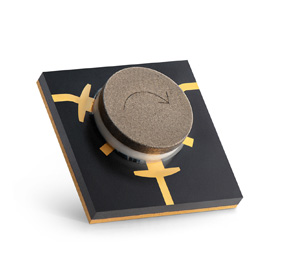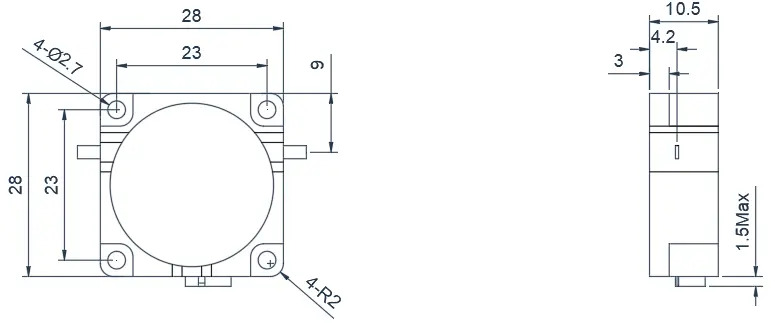- About us
- Product
- Dual-Junction Circulator
-

Dual-junction Microstrip Circulator
-

Dual-junction Drop-in Circulator
-

Dual-junction Coaxial Circulator
- Customized
- Technical Note
- News
- Contact us
Updated on:
Keywords: RF isolator installation, RF circulator installation, microstrip circulator layout, drop-in isolator mounting, coaxial circulator, waveguide circulator, RF heat dissipation, S-parameter testing
This guide focuses purely on how to install RF isolators and circulators in real systems: how to confirm direction, how to mount each package type, how to build a good thermal path, and how to test the assembly after installation.
No theory, no long introductions—only practical, repeatable steps that RF and microwave engineers can apply on the bench and in production.

Before tightening a single screw or touching a soldering iron, confirm one thing first: which way the power is supposed to flow.
On most commercial isolators and circulators you will find:
Align these markings with your schematic and PCB silkscreen before installation. A few seconds of checking here can prevent hours of debugging later.
When using a circulator as a protector in a transmit chain, the most common wiring is:
Mark this clearly on your mechanical drawing or PCB silkscreen so the assembly team cannot “invent” their own orientation.
Mechanically they follow the same rules—flat mounting, correct torque, good ground and thermal contact. The main installation difference is:
Isolators and circulators are available as microstrip/SMT, drop-in, coaxial and waveguide versions. The goal is always the same: solid mechanical support, reliable RF connection and an efficient thermal path.
Microstrip and SMT devices sit directly on the PCB. Typical examples include microstrip circulators and microstrip isolators.
Drop-in packages are common in radar and high-power communication modules. The device sits in a machined cavity, with RF pins soldered to the PCB and the base bolted to a heatsink or chassis. See HzBeat’s drop-in isolators and drop-in circulators as typical implementations.

Coaxial isolators and circulators are installed via SMA, N-type, or similar RF connectors.
Waveguide versions bolt directly between flanges in the waveguide run.
A mechanically perfect installation can still fail if the RF environment around the device is poorly matched. Layout and grounding are part of the installation work.
When using a circulator as an isolator:
Installation is not complete until the thermal path is defined. Devices that run within their temperature limits are far more stable and reliable over time.
Plan your installation so that worst-case VSWR events do not push the device beyond these ratings.
A good installation is always followed by measurement. Testing confirms that mounting, soldering and thermal design have not degraded performance.

After S-parameter verification, confirm behavior at real RF power:
Mechanically they are almost identical: both need flat mounting, good contact, proper torque and reliable thermal paths. The main difference is on the wiring side—the third port of a circulator must be handled correctly (often with a 50 Ω load), whereas an isolator has only two ports to connect.
Align the arrow with the intended forward power direction. In a typical transmit chain that means: PA → isolator → antenna or system output. Always double-check this against your schematic and layout before installation.
An unterminated third port can cause unstable VSWR and unpredictable behavior. If that port is supposed to absorb reflected power, it should be connected to a suitable 50 Ω termination with enough power and thermal margin.
It is better to use bare or lightly treated metal where the device base contacts the surface. Thick coatings increase thermal resistance and may compromise grounding. If coating is unavoidable, verify device temperature carefully during power tests.
For new designs, prototypes and high-reliability systems, VNA checks are strongly recommended. For mature, stable production lines you may rely on incoming inspection plus periodic sampling, but initial qualification should always include S-parameter verification.
From an installation point of view:
If you are integrating RF isolators or circulators into a radar, SatCom, medical imaging or 5G/6G platform and want installation advice on direction, mechanical layout or thermal paths, you can reach the HzBeat team at [email protected] or via the contact page: https://www.hzbeat.com/contact.html.
About the Author
HzBeat Editorial Content Team
Marketing Director, Chengdu Hertz Electronic Technology Co., Ltd. (Hzbeat)
Keith has over 18 years in the RF components industry, focusing on the intersection of technology, healthcare applications, and global market trends.